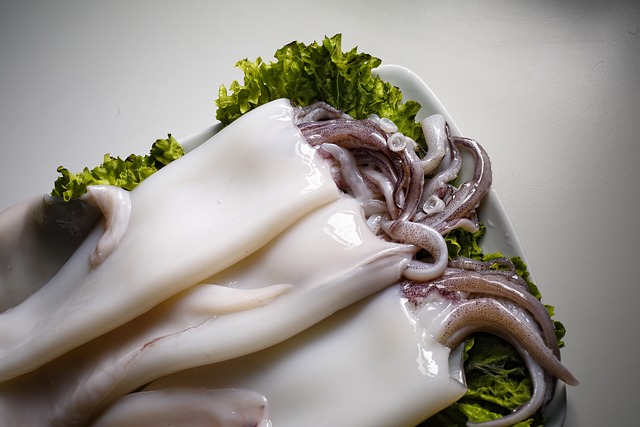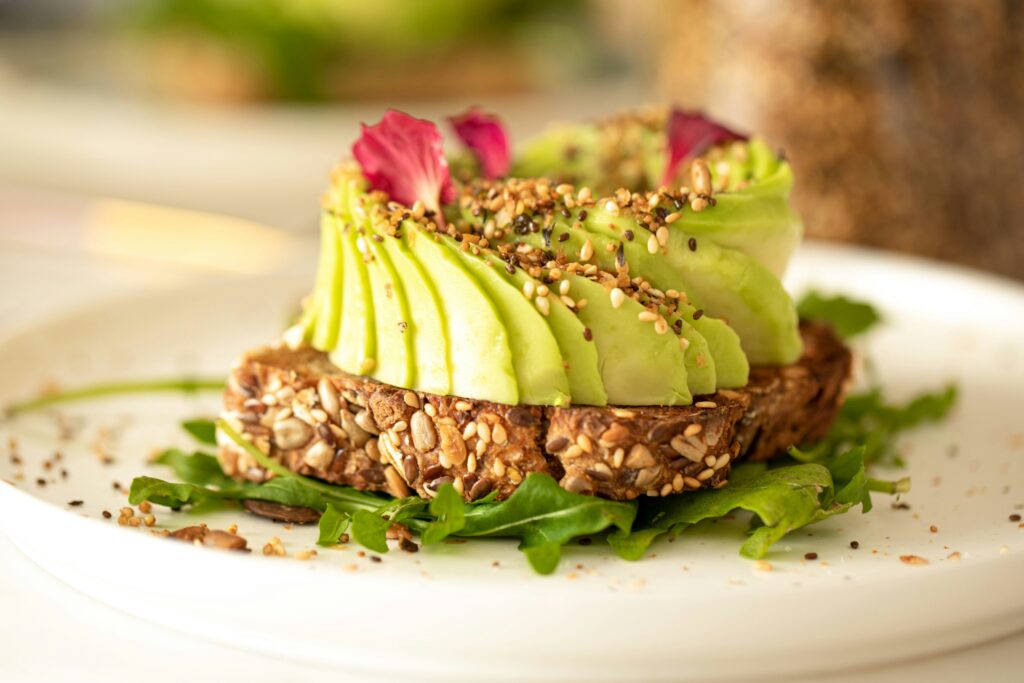Intro: What Makes a Chef “Top Rated”
Before we dive into the culinary icons themselves, it’s worth exploring what sets a “top rated” chef apart. It’s not just about flawless technique—though that helps. The modern culinary elite combine creativity, cultural understanding, and a flair for innovation that stretches well beyond the plate.
What Defines a “Top Rated” Chef?
Some key qualifications that consistently place chefs at the top of global rankings include:
- Prestigious Awards: Michelin Stars, World’s 50 Best Restaurants list, James Beard Awards, and local honors in their regions.
- Global Influence: Their food shapes trends, inspires chefs worldwide, and often redefines how a country’s cuisine is understood.
- Innovation in Technique: Whether they’re reimagining tradition or creating something radically new, top chefs push boundaries in flavor, presentation, and experience.
Why Their Dishes Matter Beyond the Kitchen
Culinary creations from these chefs aren’t just delicious—they carry meaning:
- Cultural Commentary: Dishes reflect heritage, history, and even political stories.
- Creative Expression: Food becomes a canvas for storytelling, emotion, and philosophy.
- Impact on Sustainability and Ethics: Many top chefs advocate for local sourcing, ethical farming, and sustainable practices.
Cuisine as Culture, Identity, and Mastery
Every plate a top chef creates is infused with layers of identity:
- Cultural Identity: Ingredients and techniques serve as a reflection of where they come from.
- Personal Perspective: Chefs often weave their personal history and beliefs into their cooking.
- Culinary Mastery: Years—often decades—of training alongside relentless experimentation show up in subtle flavors and bold statements alike.
In short, what makes a chef “top rated” today goes far deeper than taste. These individuals shape how the world eats, remembers, and connects through food.
Signature Dish: “Oops! I Dropped the Lemon Tart”
Massimo Bottura’s most famous plate looks like an accident—because it is, or at least it started that way. “Oops! I Dropped the Lemon Tart” flips the script on perfection. A cracked, smudged dessert appears freshly fumbled, but every detail is deliberately styled. The tart is deconstructed, yet balanced. Think bright citrus curd, sharp sablé crumble, expertly placed splashes of color—chaos guided by craft.
It’s more than clever plating. Bottura pulled from Italy’s deep pastry roots, then broke the mold to tell a new story. Tradition wasn’t discarded; it was reframed. The dish nods to the past but winks at it. It forces you to rethink what elegance means in food—and in failure. That mindset is now rippling through modern Italian cuisine.
Young chefs across Italy are bending heritage with bold techniques. They’re citing Bottura’s lemon tart like a manifesto: flavor matters, but so does freedom. The future of Italian cooking might not look like nonna’s kitchen—but it’ll still taste like home, just with a twist.
Chef 2: Dominique Crenn – French Poetic Plates
Dominique Crenn doesn’t just cook—she composes. Her signature dish, “Seafood Garden,” looks like a tidepool painted by hand. Microgreens twist like seaweed. Shellfish is placed with the care of a watchmaker. Every piece suggests a story, often about the ocean’s fragility. It’s no accident. Behind the elegance is an unshakeable commitment to sustainability.
Crenn was the first female chef in the U.S. to earn three Michelin stars—breaking more than a glass ceiling. She rewrote the rules of fine dining in a male-dominated world without compromising compassion or originality. Her plates balance technique with message. Each one nods to French foundations but speaks its own language.
In her kitchen, artistry isn’t decoration. It’s direction. Sourcing local, treating animals ethically, pushing diners to slow down and think—these are guiding points, not trends. Crenn doesn’t chase applause. She invites a conversation. Her food is precise, yes, but also personal. With the “Seafood Garden,” she shows that sustainability isn’t a limitation—it’s where vision begins.
Chef 3: Yoshihiro Murata – The Kaiseki Master
Yoshihiro Murata’s seasonal Kaiseki tasting menus aren’t just meals—they’re a rite of passage. Each course is built around freshly sourced ingredients, shifting with the seasons, honoring nature’s pace. Precision rules everything: temperature, color, portion, plating. But none of it feels forced. It’s controlled elegance, century-old methods executed with the calm of someone who’s lived them since childhood.
Murata isn’t stuck in the past, though. While rooted in Kyoto tradition, his technique reflects time spent training abroad—France, mostly. That global influence doesn’t dilute the Japanese essence; it sharpens it. He’s passed down this hybrid of purity and openness through multiple generations, mentoring chefs who now command their own spaces globally.
Murata’s cooking is clear: don’t cut corners, respect the ingredient, know where your flavors come from. That mindset, paired with a willingness to evolve, is why he stands at the crossroads of heritage and modernity. Kaiseki, in his hands, is not just alive—it’s still growing.
Chef 4: Ana Roš – Slovenia’s Culinary Pioneer
Ana Roš didn’t train in Paris, didn’t stage at world-famous restaurants, and never worked under a celebrity chef. What she did do was stay put—in the Soča Valley of Slovenia—and redefine what fine dining could look like from a place few foodies had ever heard of. Her kitchen pulls from mountains, streams, and preserved traditions that feel entirely her own.
One dish makes that clear: river trout, paired with fermented local elements like pickled wild garlic buds and house-aged root vegetables. It’s quiet, clean, and grounded, but every bite pushes the boundaries of comfort. It’s not flashy. It’s thoughtful. And that tone runs through everything Roš creates.
Self-taught out of necessity and deeply loyal to her region, Roš turns limitations into her edge. Her food doesn’t just tell a story—it challenges expectations of where greatness can come from. The world’s been paying attention. But Ana’s not cooking for applause. She’s cooking because her valley speaks, and she listens.
Chef 5: Grant Achatz – America’s Avant-Garde Alchemist
Grant Achatz doesn’t make food. He engineers experiences. At Alinea in Chicago, diners are just as likely to laugh, question reality, or get misty-eyed in a fog of nostalgia as they are to pick up a fork. Case in point: the edible balloon. It’s a helium-filled, green apple taffy sphere that literally floats. You inhale it, your voice goes squeaky, and for a moment you’re a kid again.
This isn’t gimmickry for its own sake. Achatz’s brand of molecular gastronomy hinges on emotional timing and sensory engagement. There’s science—sure—but also heart. His dishes draw from memory and curiosity, designed to surprise without alienating. One course might look like art, another might smell like a campfire. Everything is deliberate.
Underneath the smoke and levitation, warmth anchors the performance. Achatz survived cancer that temporarily erased his ability to taste. That humbling reset sharpened his obsession with layers—texture, aroma, memory—not just flavor. Dining, for him, is theater rooted in remembrance. And that’s why it works. Because beyond the spectacle, it still feels personal.
Taste the World’s Imprint
Across continents, one thing is clear—top chefs are doing more than plating food. They’re telling stories. A bowl of kaiseki isn’t just delicate balance—it’s centuries of Japanese discipline. A lemon tart shattered on purpose becomes a reflection of imperfection and art. Each dish holds a point of view, something bold, rooted, and intentional.
These chefs also know when to color outside the lines. They fuse techniques, refuse borders, and chase ingredients that push tradition just far enough. But no matter how experimental the dish, the best creations stay grounded in place—local waters, native grains, seasonal herbs. The plate becomes both passport and compass.
Food has always moved across borders, but now it speaks across them. Whether it’s Ana Roš drawing global crowds to Slovenia, or Dominique Crenn pushing sustainability into fine dining, their work doesn’t just feed—it translates culture. It’s diplomacy, but you eat it.
Hungry for more examples? (Explore global flavors here: Must-Try Dishes Around the World – A Culinary Tour)
Final Thoughts
More Than Cooking: A Cultural Shift
Top-rated chefs do far more than prepare exquisite meals—they actively shape the way we eat, think, and connect with the world around us. Their influence extends beyond the plate, challenging traditions and reimagining the possibilities of food.
- They redefine culinary boundaries
- Their menus reflect philosophical and artistic choices
- Dining becomes an immersive, multi-sensory experience
Food as Expression
Every dish tells a story. For these chefs, food can be:
- Art: A canvas of color, form, and emotion
- Activism: A message about sustainability, identity, or political change
- Emotion: A way to evoke memory, comfort, or transformation
Their work elevates cooking into a practice that resonates far beyond the walls of their kitchens.
Why Follow These Visionaries?
Top chefs are worth watching not only for their flavors, but for what they represent. They are dreamers, innovators, and pioneers who:
- Push boundaries in technique and presentation
- Represent voices from across cultures and communities
- Inspire the next generation of culinary thinkers
To follow their journey is to witness the evolution of how we nourish ourselves—both body and soul.


 As co-founder of FoodHypeSaga. Zyphara merges her creative energy with a passion for food culture and digital innovation. She drives the platform’s vision forward while writing about food trends that shape modern culinary conversations.
As co-founder of FoodHypeSaga. Zyphara merges her creative energy with a passion for food culture and digital innovation. She drives the platform’s vision forward while writing about food trends that shape modern culinary conversations.

